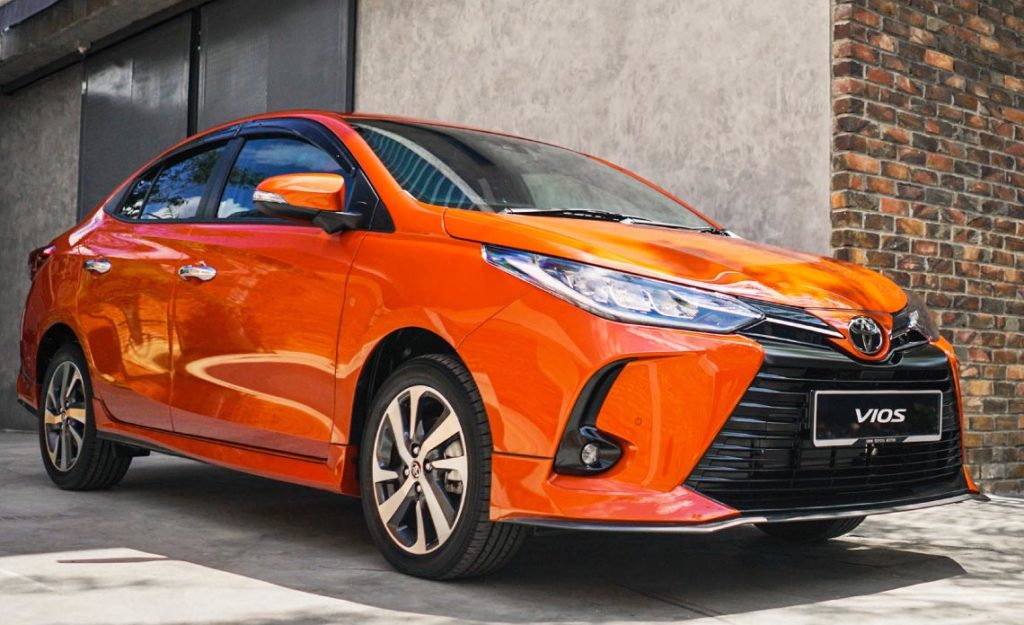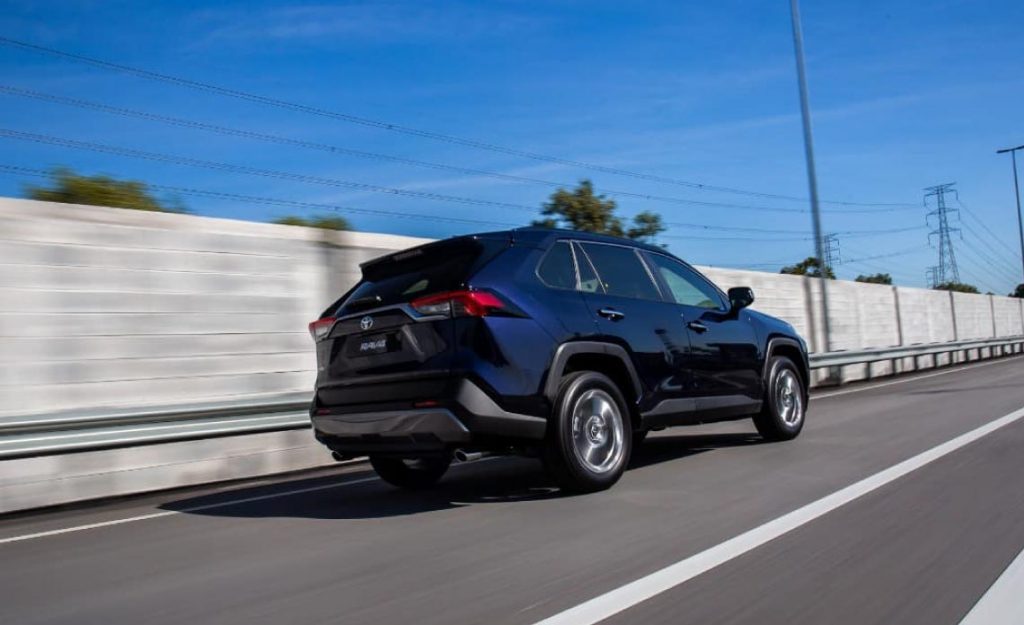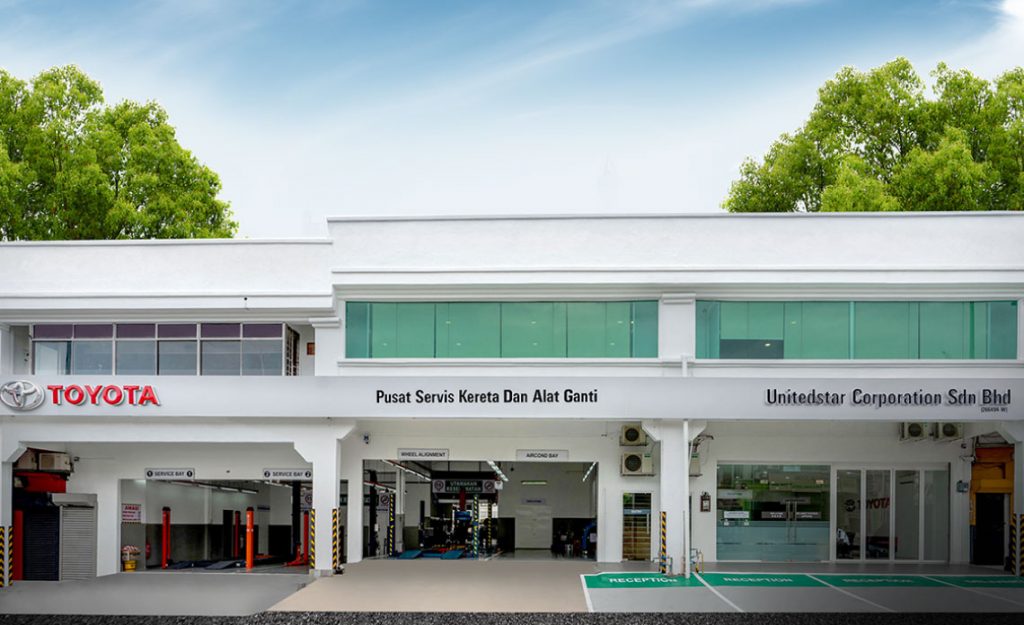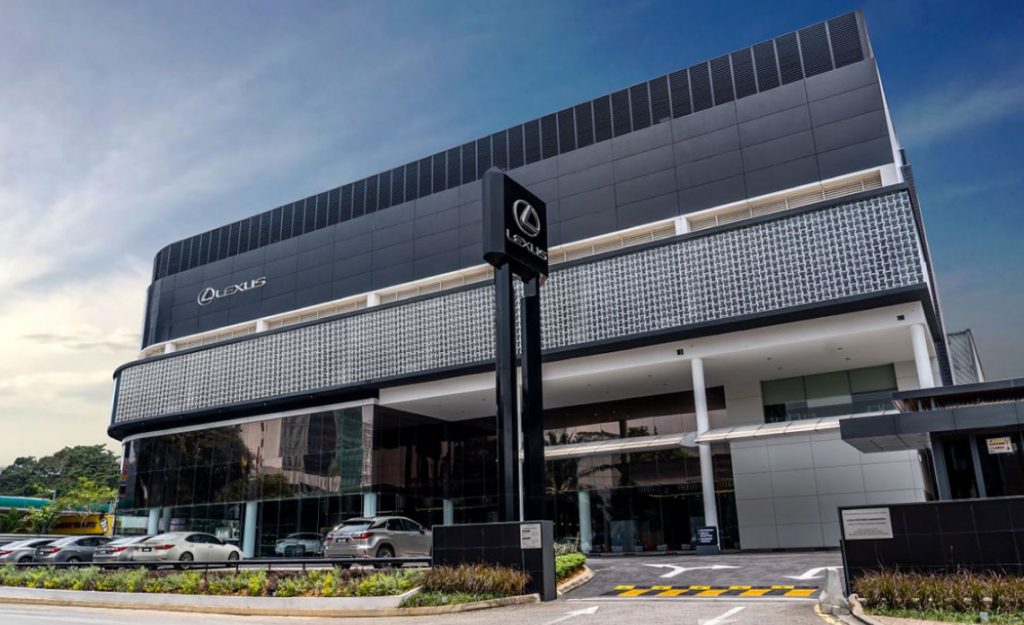Much like any other machinery, cars cannot be left unattended for a long period of time. However, with the global pandemic at large and with CMCO in place, using your car regularly might not be an option. Even though you have the option of travelling within a 10km radius of your home, you shouldn’t be going out unless it’s really necessary. That being said, here are a few car caring and maintenance tips to maintain your car during this period.
Start Your Car Regularly
If you intend to leave your car unused for an extended period of time, the first car caring tip you should always follow is to start your car at least once a week.
What does this do for your car?
First of all, it helps the engine reach its normal operating temperature, which subsequently helps in drying out any condensation that might have formed in various parts of the car. It also keeps your car’s battery from dying.
If your car battery has been used for almost two years, this step becomes even more important, otherwise you might end up with a stalled car battery at the end of the CMCO.
How to Jump Start Your Car Battery
Should it actually happen, here’s a simple guide on how to jump start your car’s battery.
- You will need a set of jumper cables to jump start your car battery.
- Another vehicle with a good battery is required. Have both cars face each other with their bonnets open, in Park or Neutral, and with their engines off.
- Connect one end of the red (positive) jumper cable to the positive terminal on the stalled battery. Connect the other red end to the positive terminal of the good battery.
- Connect one end of the black (negative) jumper cable to the negative terminal of the good battery. Connect the other black end to a clean, unpainted metal surface under the hood. This helps prevent electrical arcs that might ignite explosive gases that may be coming out of the battery.
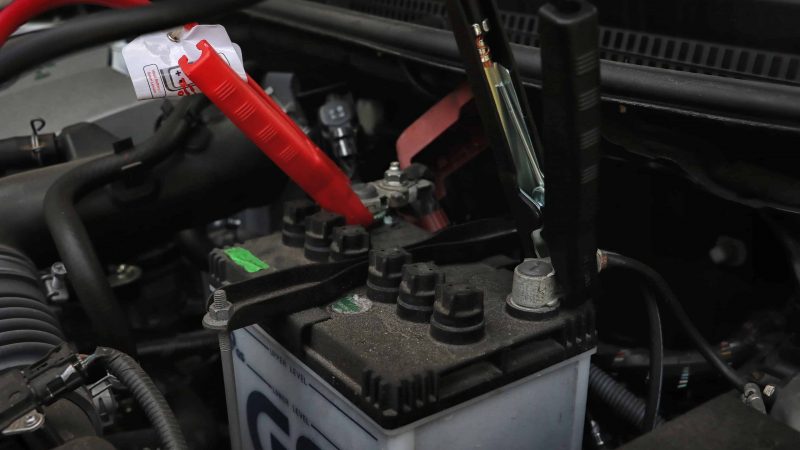
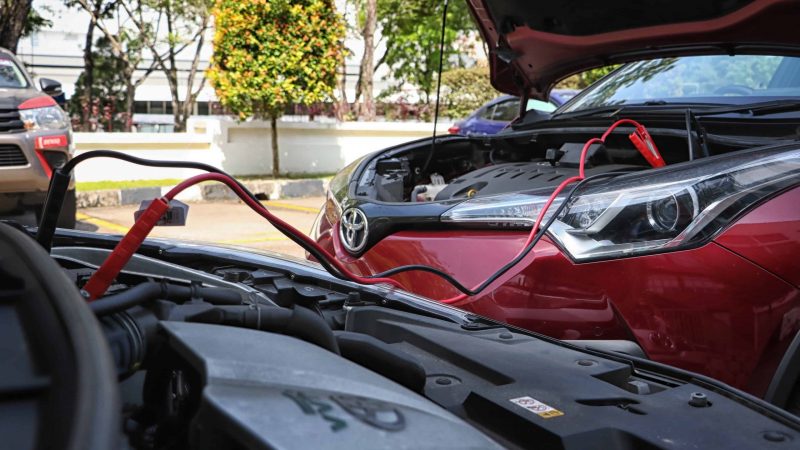
- Start the car with the working battery and let the engine run for a few minutes before stepping on the accelerator, while the other person attempts to start the car with the stalled battery.
- Your car should be up and running. Remove the cables in reverse order and carry on.
Conduct Self-Inspection Regularly
Have you always been asking yourself “how to inspect my car on my own?”. Rest assured, as it isn’t as difficult as it sounds. The three main items on the list are the engine’s condition (engine oil level), water level, and tyre pressure.
i. Car Engine Oil Level
On a regular day, we send our car to the service centre once every few months or whenever we hit the required mileage, and the engine oil gets replaced every time. Now that your car is almost-always idle, you should check your engine oil level every now and then and send your car to a service centre if the oil level starts decreasing.
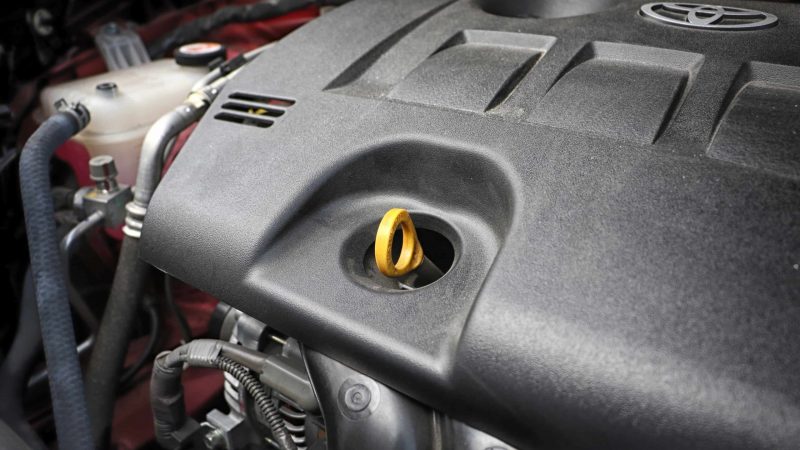
ii. Car Coolant Level
The compartment that stores the car coolant (coolant reservoir) is distinguishable from the rest, as it’s a semi-translucent container. There’s a mark on the container that indicates the maximum height (level) of coolant. You can always get a Toyota Genuine Coolant from your nearest Toyota Sales Centre and refill your car coolant on demand whenever needed.
iii. Car Tyre Pressure
How to inspect your car tyre’s pressure? You will require a tyre pressure gauge to measure and identify how much more pressure is required by simply placing it on the tyre’s valve stem. Whenever you head over to any self-service kiosk to pump air, remember to check the required car tyre pressure on the tyre placard, usually situated inside the driver side’s door jam.
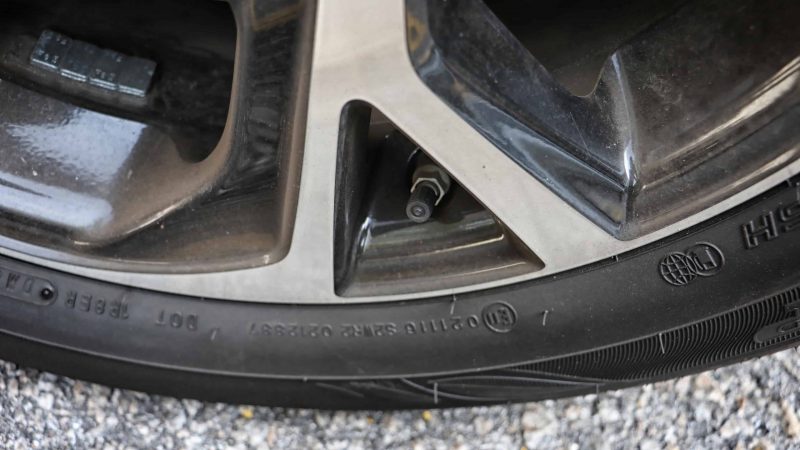
Here’s an additional car maintenance tip: make sure to lift your car wipers to prevent hardening. If your car is parked outdoors throughout the MCO, especially under or nearby the trees, doing this will make sure no leaves or branches are collected on your windshield.
If you require expert advice and clarification on your car’s condition, leave it to the experts at Toyota Service Centres and you will be on the road with next-level peace of mind.
Before You Resume Regular Driving, Send Your Car To The Service Centre
Once the MCO is over, it’s crucial for your car to be in a good condition before you go back to driving regularly, and having your car inspected by the experts at a service centre is the best way to do so. Here at Toyota, we love and care for our cars as much as you do, and we are more than ready to help diagnose or solve any potential issues you might be facing. Locate the nearest service centre and schedule an appointment today.







 GR Lineup
GR Lineup

















 Toyota Eco Youth
Toyota Eco Youth Toyota Classics 2019
Toyota Classics 2019 Toyota Outrun
Toyota Outrun




